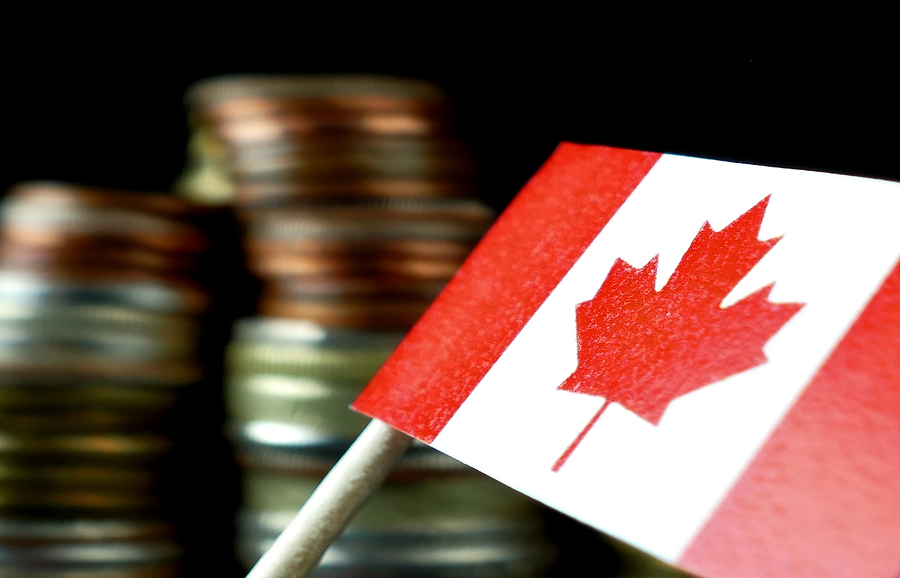According to the annual 2019 Accounting and Bookkeeping Operations and Technology Survey, who are the accounting professionals in Canada, and what are they doing in 2019? Warning: it’s a lot different than the clichés!
First of all, we are talking about THE accountant four times out of ten. And if we only consider bookkeeping, this proportion climbs to 80%. And the accountant in private practice is generally not very young: a quarter are over 65 years old and less than 15% or under 45 years old. More than half have been in business for more than 20 years and only one quarter have been in business for less than 10 years. There will clearly be a great need to replace these professionals when they retire.
But it will not be the day after tomorrow – three-quarters of them say they have no retirement plans or projects and some have continued practising until they are in their 80s. Private practice, often from home, makes it easier to continue working to old age. At least one-fifth of them say they will hang up their calculators “in the near future”, without however being more specific.
Long live taxes!
They are the bread and butter of solo accountants. Preparing tax returns and bookkeeping keeps accountants very busy. Last year was a good year in terms of the number of clients overall, because more than eight accountants in ten prepared personal income tax returns for less than $250.
In private practice, few accountants offer other services such as asset management or financial planning or specific services such as business valuation.
Up-to-date professionals
Even though they have a stable and established private practice, chartered accountants take continuing professional education seriously. Three-quarters of them set aside more than 21 hours per year for it, and close to two-thirds more than 30 hours.
Their preferred source of education is webinars, easily accessible from anywhere, but many prefer classroom courses and reading documents to ensure they are up to date. One-quarter of them spend over $2,000 a year in education, while close to six out of ten spend $1,000.
